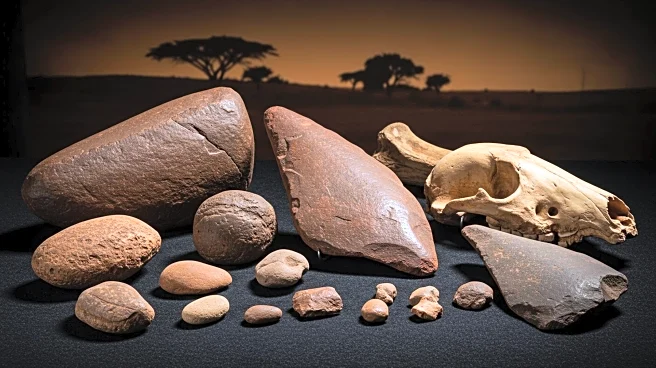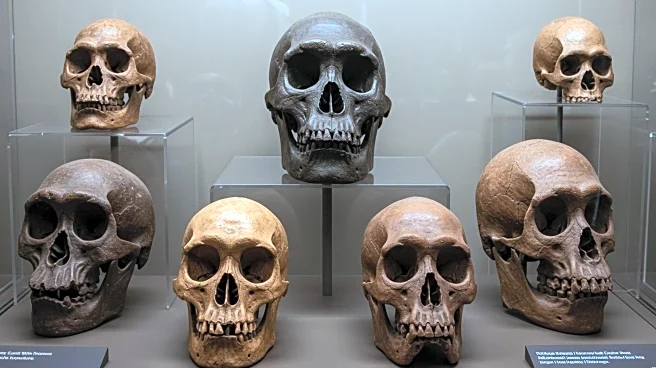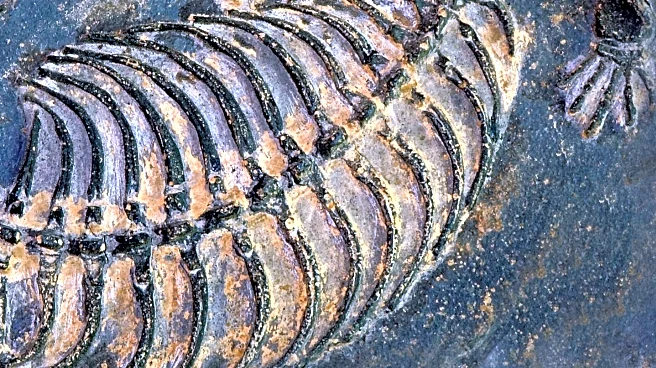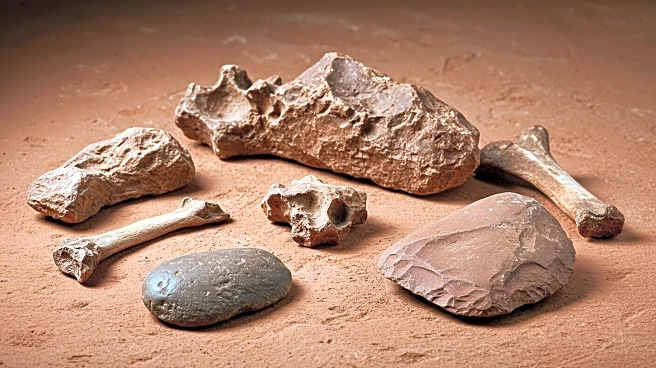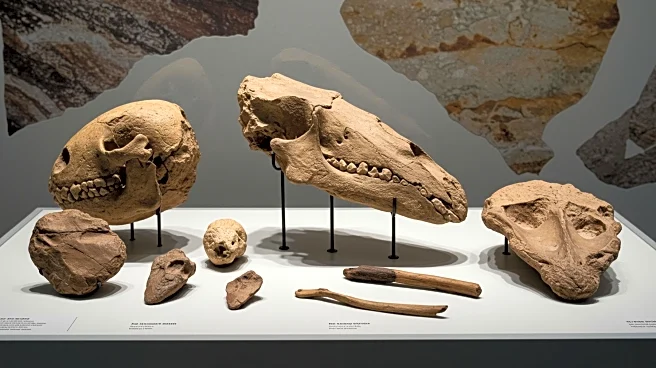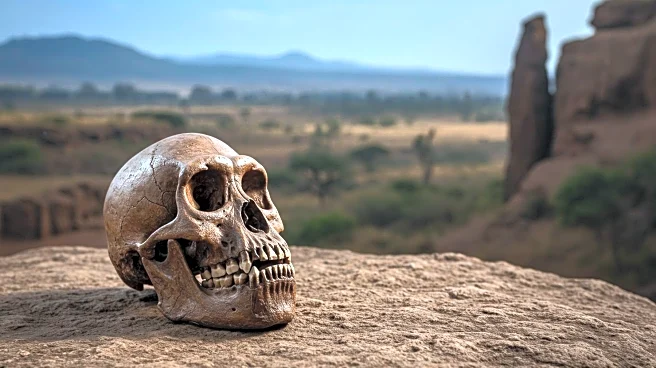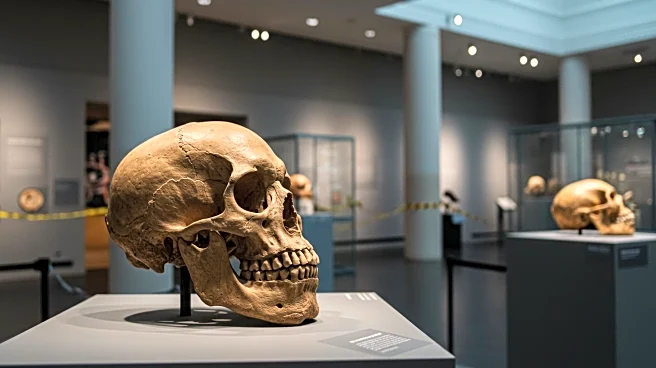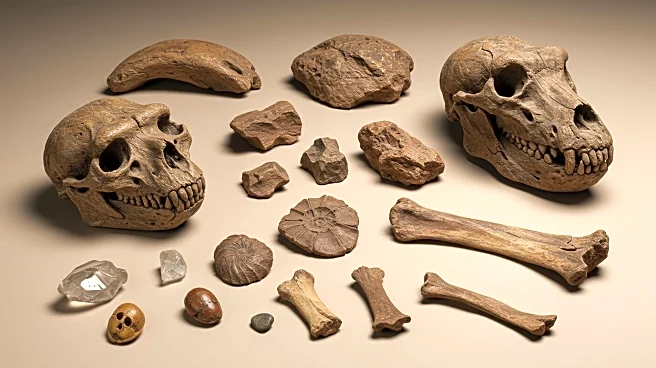Rapid Read • 8 min read
Recent archaeological findings in Ethiopia's Afar region have uncovered fossilized teeth from two distinct hominin species, Australopithecus and Homo, dating back between 2.6 million and 2.8 million years ago. This discovery challenges previous assumptions that Homo species appeared after Australopithecus, suggesting instead that they coexisted. The research, led by Brian Villmoare from the University of Nevada, Las Vegas, emphasizes the need for more fossil evidence to understand the differences between these species and their overlap in the fossil record. The findings were published in the journal Nature, highlighting the complex nature of human evolution and the non-linear progression of hominin development.
AD
The coexistence of Australopithecus and Homo species in the same region during the same period provides new insights into human evolution, suggesting a more complex evolutionary path than previously thought. This challenges the linear model of evolution from ape-like ancestors to modern humans, indicating a 'bushy tree' of evolution with multiple hominin species existing simultaneously. Understanding this coexistence can shed light on how different species adapted, survived, or went extinct, offering a broader perspective on human ancestry. The discovery also underscores the importance of Ethiopia's Afar region as a key site for studying early human evolution.
Further research and excavation in the Afar region are expected to continue, with scientists aiming to uncover more fossils that could provide additional insights into the coexistence and interaction between Australopithecus and Homo species. The research team plans to investigate the dietary habits and environmental adaptations of these hominins, which could reveal how they shared or competed for resources. Identifying the makers of stone tools found at the site is also a priority, which could offer clues about the technological capabilities of these ancient ancestors.
The discovery raises questions about the evolutionary pressures and environmental factors that led to the coexistence of multiple hominin species. It also prompts a reevaluation of the evolutionary timeline and the factors that contributed to the survival or extinction of certain species. The findings may influence future studies on human evolution, encouraging a more nuanced understanding of the evolutionary process and the diversity of ancient human ancestors.
AD
More Stories You Might Enjoy
